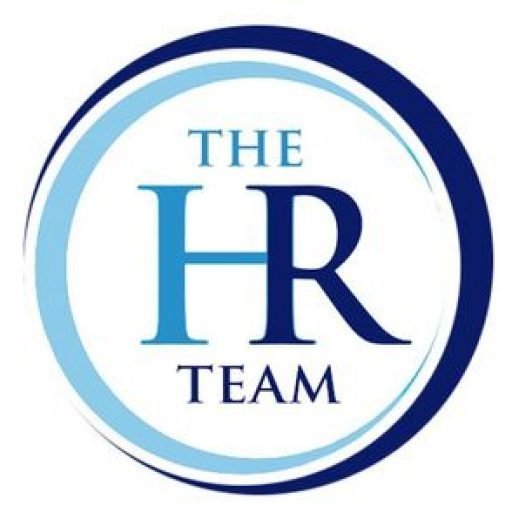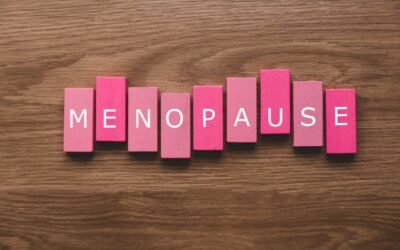COVID-19 has without doubt changed today’s working model. Some of us remain working from home, whilst others have now resumed the daily commute to a workplace. Although the weather has finally warmed up, the chill of COVID remains in the air. Are you confident that your workplace is a safe space for your employees during these uncertain times?
As an employer, it is your responsibility to maintain your employees’ health and wellbeing during the pandemic. Employees need to feel confident they are working in a safeenvironment, so ensure you are following the workplace safety guidelines issued by WHO. Rest assured; you are not alone in finding the constantly changing government guidelines confusing. Here at The HR Team we hope to provide businesses with an updated and easy to understandsafety standards guide for the workplace, plus we have designed a useful Return to Work Questionnaire to help facilitate the transition.
How to Create a Safe Work Environment
WHO and the Government have provided the following strategies for workplaces, with the aim of ceasing the further spread of COVID-19. These include:- Implementing specific measures to ensure staff social distancing to prevent potential further spread of the virus.
- Procedures in place for sanitising common areas used by multiple members of staff.
- Safety policies to be followed upon an employee having a suspected or confirmed case of the virus.
Re-start your Business post Lockdown
Every employer should create a Covid-19 safety system to ensure the workplace is clean and safe for their employees. According to the wide variety of workplaces, there are naturally different aspects involved. The World Health Organisation (WHO) recommends the following guidelines:Workplace Safety
- Prior to re-opening your business, a thorough appraisal of the building should be conducted. This is due to mostbuildings having remained vacant for prolonged periodsduring lockdown. Checks may include inspecting for mould growth, evidence of rodents and other pests,alongside issues related to a stagnant water system. Appropriate actions should be taken immediately.
- Ventilation systems should be tested. This will include all vents, air conditioning units and heating systems.
- The provision of sanitisation stations and products need to be considered. All surfaces should be disinfected throughout the workplace prior to occupation.
- The frequency of routine building cleans should be increased. For example, it is recommended that areas infrequent use should be disinfected every 2-3 hours.
- Thermal temperature scanners need to be introduced at workplace entry points for close contact businesses.
- Employees should be provided with (or advised to wear their own) face coverings and in some cases, gloves.
- Ensure there is ongoing support for employees concerned with Covid-19.
- External facility management consultancy services should be employed for larger organisations.
Keeping your Employees Covid Safe
- Create a regular cleaning rota for high-traffic zones of your workplace. Such areas might include bathrooms and meeting rooms, whilst door handles and light switches that are frequently touched are further high contamination areas for transmission.
- If possible, contemplate a shift to mobile and cloud-based security systems to avoid using cards, badges or keys.
- Try to create more space between individual employee’swork areas. Or indeed, plan employee office attendance in conjunction with home working to limit the number of people in the workplace at one time.
- Replace regularly used items in communal areas with alternatives such as swapping a coffee machine with pre-packaged, single-serving options.
- Limit the number of people permitted to use a lift at one time.
Changing the Way People Work
- Work in shifts. Assign employees different shift hours to minimise the number of employees in the workplace at the same time. Furthermore, consider different break timings to limit crowds in common areas.
- Encourage the setting of reminders for employees to wash or sanitize their hands on a regular basis. Ensure a healthy stock of liquid hand soap, paper towels and sanitisers.
- Regular Covid tests, temperature scans and symptom checks should be administered. It is now possible to provide employees with a bi-monthly PCR test.
- Take immediate action for an employee with a positive Covid test.
- Strategically place WHO or government-approved noticesto serve as reminders for all employees to maintain social distancing.
- Encourage the use of e-mails, e-receipts and video conferences in place of traditional meeting methods and paper copies.
- Special measures should be taken for employees who are over 60 and those with certain medical conditions.
- Travel for work is only recommended if it is deemed necessary.
Covid-19 Rules for Employees
- A training session should be held for all employees regarding Covid safety in the workplace.
- Employees should be reminded that even if they are symptom free, they still risk transmitting the virus to others.
- Employees must be aware that if they or anyone in their family develops symptoms, they should report it immediately and not attend the workplace.
- Employees must adhere to social distancing policies.
- Hand shaking and other close contact greeting methodsshould be prohibited.
Return to Work Questionnaire
For further support and a free Return to Work Questionnaire, contact us today.





